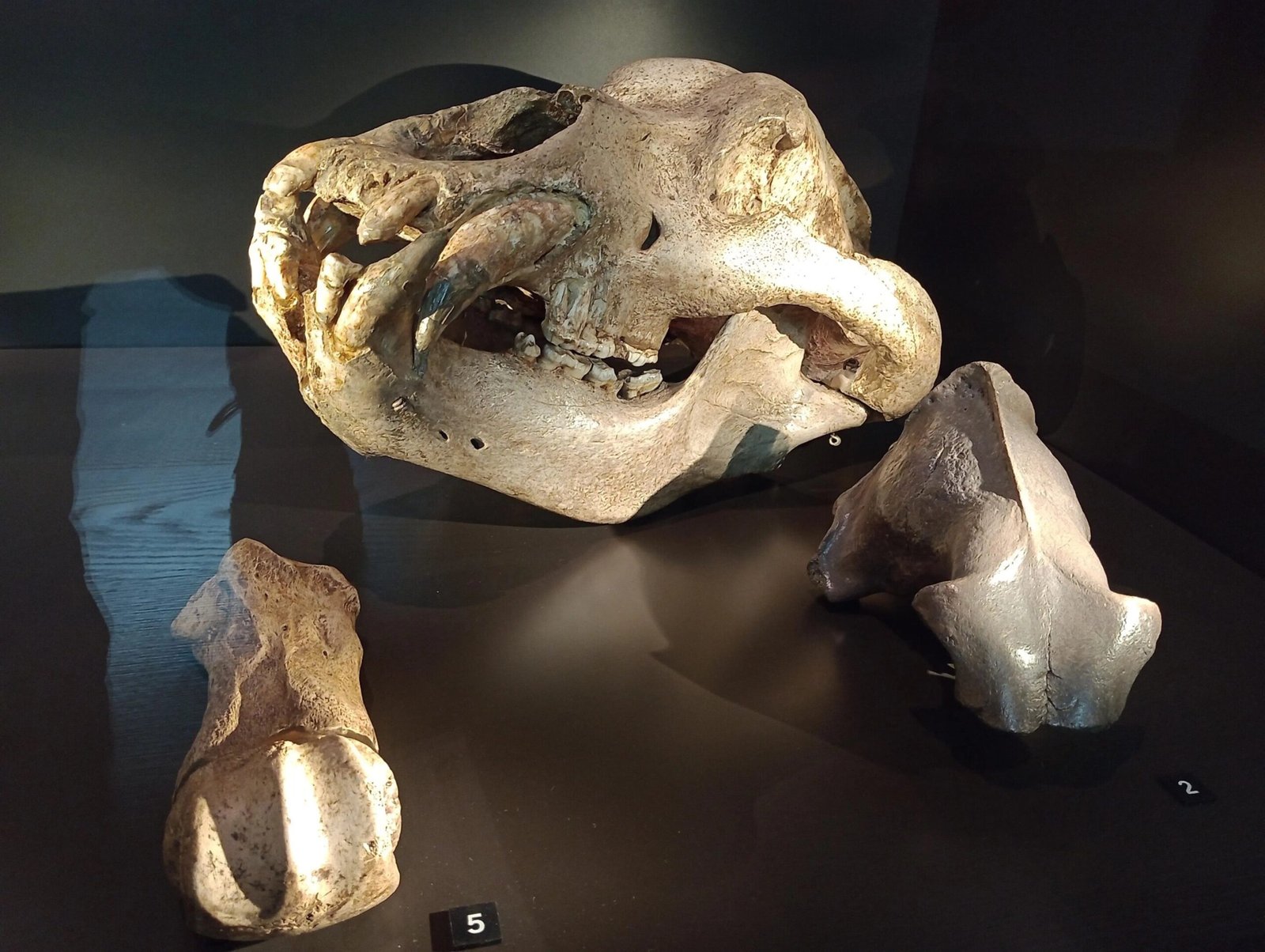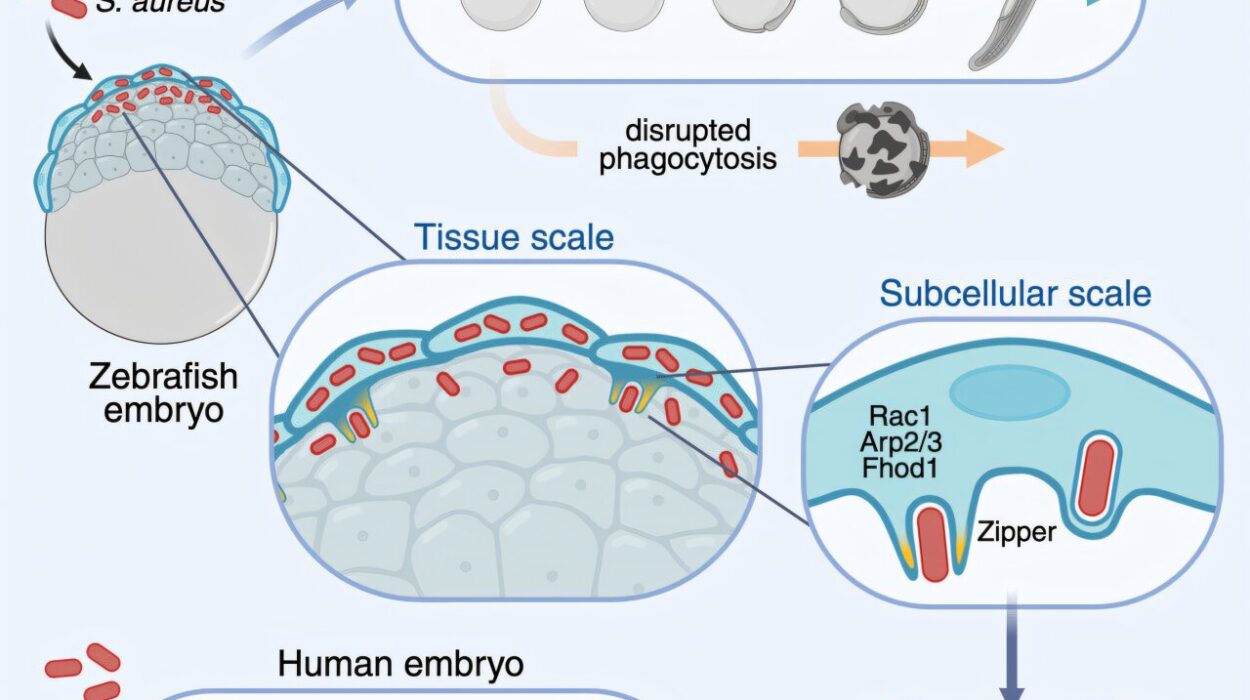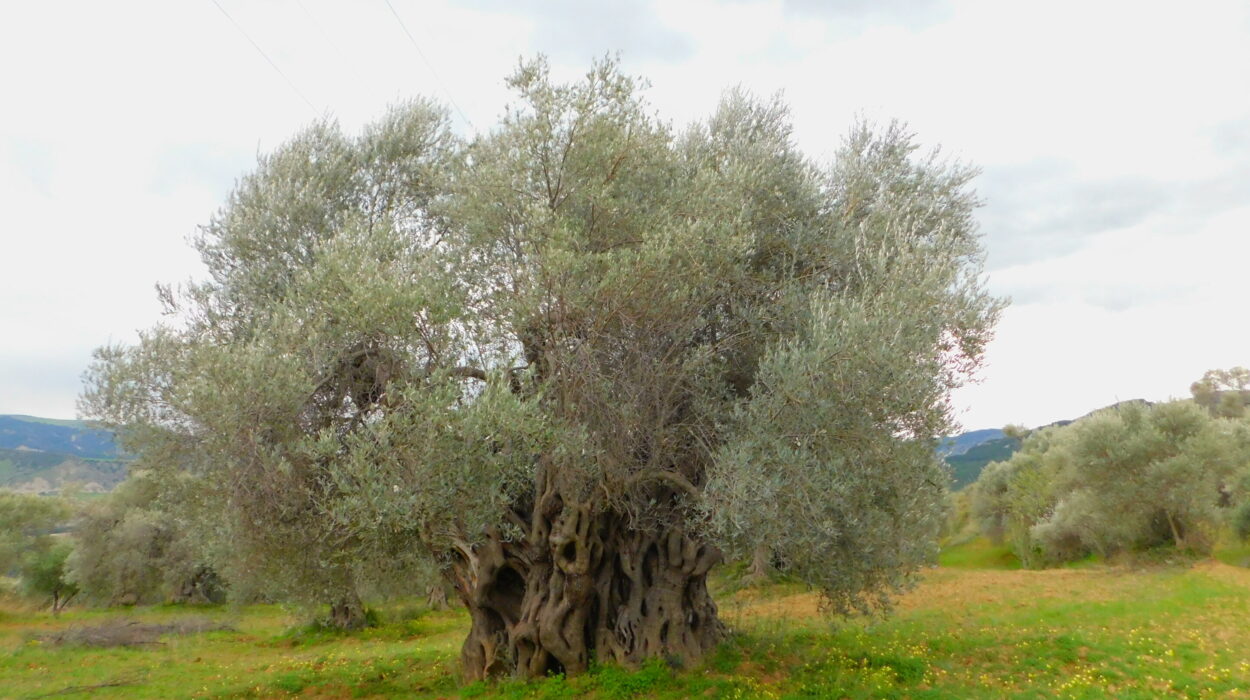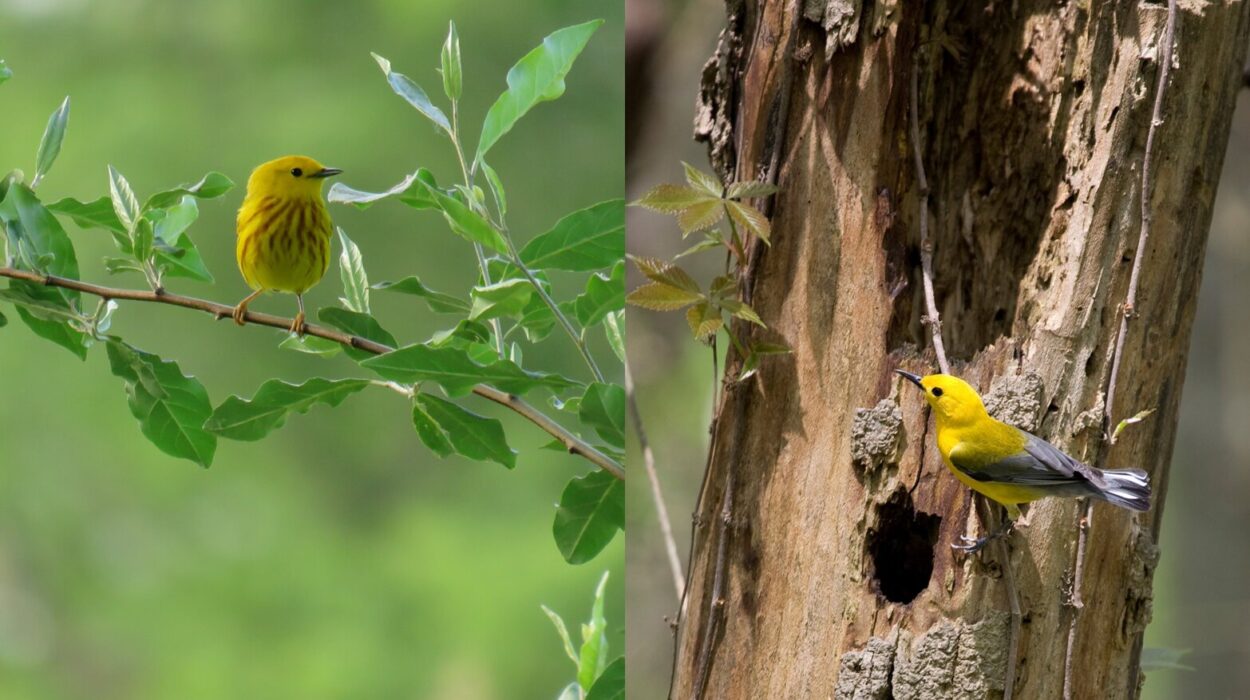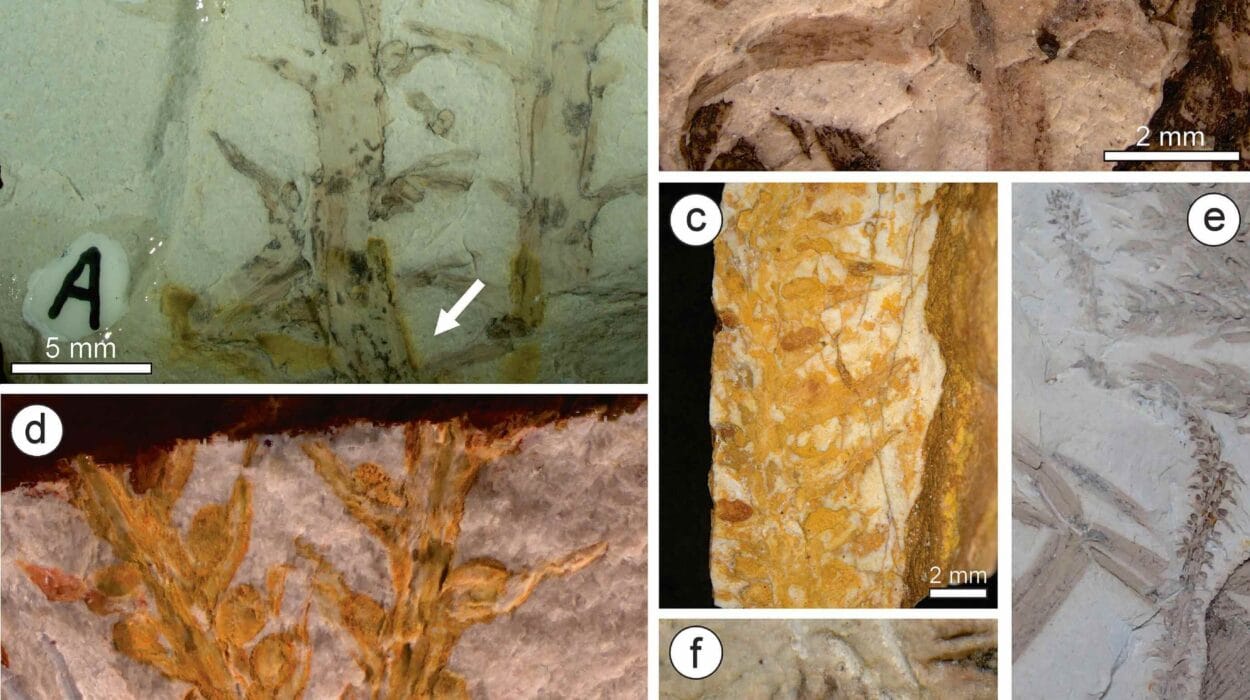Tens of thousands of years ago, Europe’s forests and valleys were home to a massive creature: the cave bear. Towering over most modern bears and weighing up to half a ton, these animals were once among the most dominant species of the Ice Age. They thrived across vast territories, leaving their bones in caves from Spain to the Balkans. But around 20,000 years ago, they vanished forever.
For decades, scientists believed the cave bear’s downfall was due to an inflexible lifestyle—that these giants were simply too specialized in their plant-based diets to cope with changing environments. But new research challenges that view, painting a more complex and sobering picture. The findings don’t just rewrite history; they hold urgent lessons for the conservation of bears living today.
A Window into the Past
Dr. Jennifer Jones of the University of Central Lancashire, together with international colleagues from Spain, Serbia, and University College London, analyzed bone collagen from 40,000-year-old cave bear remains discovered in Serbia’s Šalitrena Pećina cave. By studying the chemical signatures locked within the bones, the team reconstructed what these long-extinct animals ate.
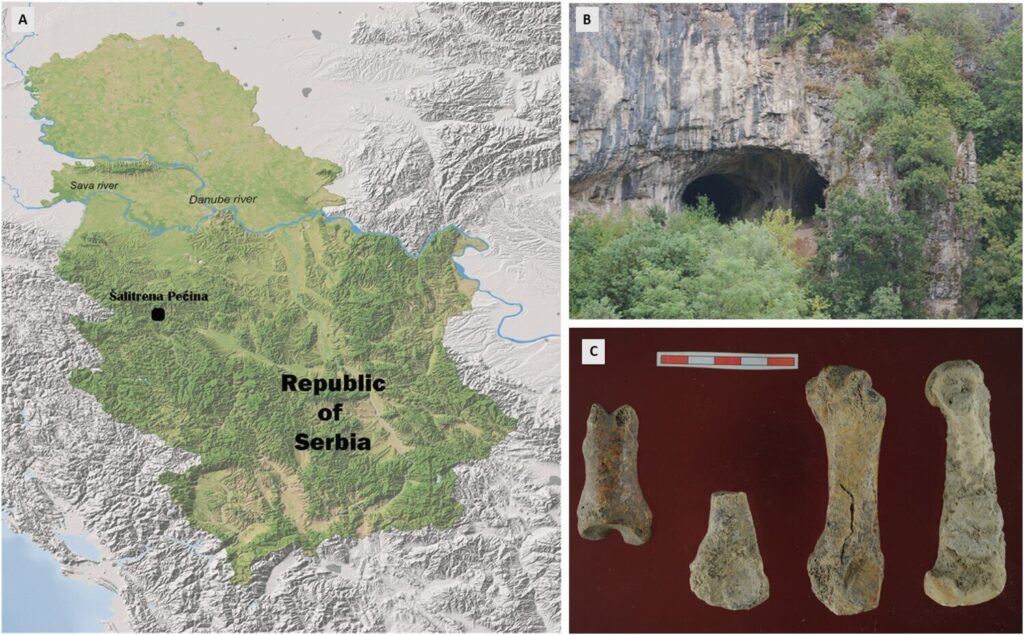
The results were surprising. Rather than following a narrow diet, the cave bears consumed a wide variety of plants drawn from multiple environments. In other words, they were far more adaptable than earlier theories suggested. These animals could shift their diets to fit the resources around them, which means they were not doomed by dietary rigidity as once thought.
This discovery reshapes our understanding of cave bears. They were not fragile creatures locked into a single ecological niche. They were resourceful, flexible, and capable of surviving in different habitats. Yet, despite this adaptability, they still went extinct.
The Weight of Multiple Pressures
If adaptability wasn’t enough, what pushed cave bears over the edge? The study highlights a deadly combination: dramatic climate change during the last ice age and the spread of humans into Europe.
The ice age brought colder, harsher conditions, shrinking the habitats and vegetation on which cave bears relied. At the same time, humans were competing for the very same caves that gave these bears their name. Archaeological evidence shows that people hunted cave bears and encroached on their shelters. For a species already struggling to find food, the added stress of human competition proved too much.
This convergence of challenges—climate change, habitat loss, and human pressure—was more than even a resilient species could endure. It’s a story that feels eerily familiar today.
A Warning for Modern Bears
Of the eight bear species alive today, six are considered vulnerable or endangered. The European brown bear, once widespread across the continent, now numbers only about 17,000–20,000 individuals, scattered in small, fragmented populations across more than 20 countries. Some groups are so isolated that they risk losing genetic diversity, weakening their long-term chances of survival.
The threats they face are strikingly similar to those that doomed the cave bear. Climate change is altering ecosystems, shrinking wild spaces, and disrupting food sources. Human expansion is fragmenting habitats. Conflicts with farmers, poaching, and illegal hunting add further pressures.
Like their Ice Age cousins, today’s bears are adaptable. Brown bears, for example, can survive in forests, mountains, and even near human settlements. But adaptability has limits. If the challenges pile up—habitat loss, climate shifts, and human pressures all at once—even the most resilient animals can be driven to extinction.
Extinction Is Rarely a Single Cause
The cave bear story reinforces a crucial lesson: species rarely disappear because of just one problem. Instead, it is the collision of multiple threats that pushes them beyond recovery. A flexible diet or ability to survive in different environments does not guarantee survival when every aspect of life is under siege.
This has profound implications for conservation today. Protecting modern bear species requires more than focusing on a single issue like hunting or climate change. It demands a holistic approach that tackles all pressures at once—ensuring they have space to roam, safe habitats to thrive, genetic diversity to adapt, and protection from direct human harm.
The Urgency of Now
Dr. Jennifer Jones, lead author of the study, summarized the message clearly: “Our study found that cave bears were flexible and could adapt to local conditions, much more so than previously thought. But when large-scale climate change was combined with human expansion, even a resilient species couldn’t cope. This should serve as a warning for us as we explore ways of protecting endangered bears today.”
The warning is sobering but also empowering. Extinction is not inevitable if we act early and decisively. Conservation strategies can reduce pressures before they overwhelm a species. Policies that protect wild spaces, reduce conflicts between people and bears, and limit the effects of climate change can create the breathing room that these animals need to survive.
Learning from the Past to Protect the Future
The cave bear’s story is not just an ancient tragedy—it is a mirror held up to our own time. It reminds us that adaptability alone cannot save species from the overwhelming force of multiple human-driven pressures.
Today’s bears, from the mighty brown bear of Europe to the endangered sun bear of Southeast Asia, are walking a path that once led the cave bear to extinction. Whether they share the same fate depends on the choices humanity makes now.
The bones of the cave bear whisper a warning across millennia: resilience is not infinite. If we want the bears of today to survive for the generations of tomorrow, we must ease the weight of our pressures and give them the space, resources, and safety they need to thrive.
More information: Jennifer R. Jones et al, New Insights into Serbian Cave Bear (Ursus spelaeus) Diet and Ecology Using Bone Collagen δ 13 C and δ 15 N Analysis in the Context of European Cave Bear Extinction, Environmental Archaeology (2025). DOI: 10.1080/14614103.2025.2521944
